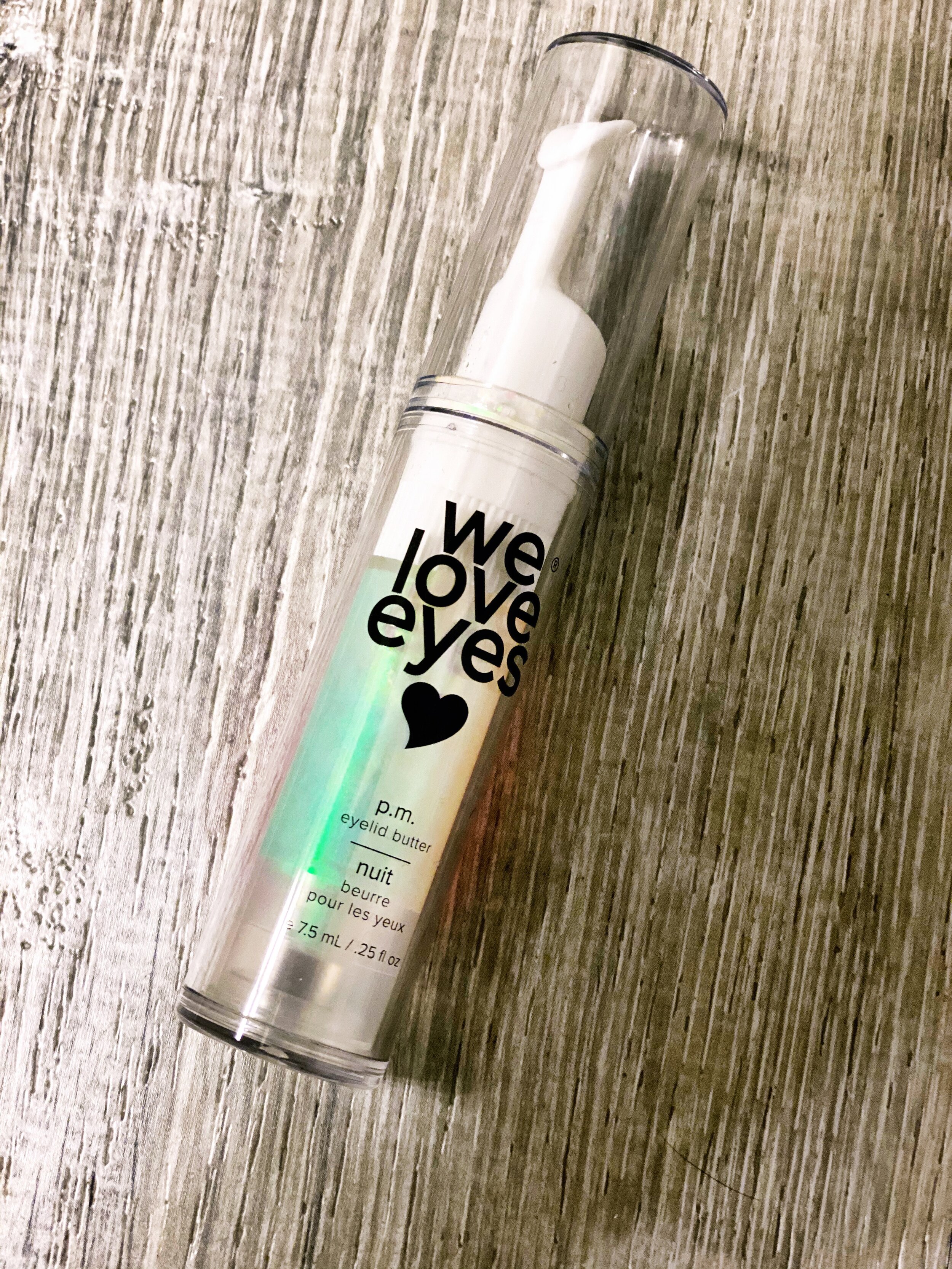Say 'No Thank You' to dark circles & puffiness under the eyes
Dark circles under your eyes. Those tell-tale signs that you had a rough night, a long cry or a reminder, that its allergy season.
While puffiness is great for whip cream and marshmallows, it's not so great for your eyes. Several studies have demonstrated that sleep deprivation effects facial features relating to the eyes: puffy and swollen eyes being one, droopy, red eyes being another visual cue of fatigue.
While most of us can attest, especially if you stayed up late, studying into the wee hours of the night or if you are a new parent attending to your newborn every few hours, that dark circles and swollen eyes are signs that you are an active member in either one of those clubs.
The eyelid and under eye is the area with the thinnest skin on the body. Swelling occurs when there is an increase in fluid around and under the eye. Lack of sleep, smoking, and allergies can cause these under eye bags and swelling. Dark under eye circles start from the skin being more pale due to a lack of sleep or fatigue, which in turn, makes the blood vessels underneath the eye to appear more visible and darker.
Some individuals can blame genetics for darker pigmentation around and under the eye; Allergies, lifestyle choices, age, food intolerances and hormones are other causes of dark circles or pigmentation under the eyes.
For those of us who blame insomnia or fatigue for those dark circles, the best way (and cheapest) to combat those dark circles is more sleep. Easier said than done, right? A regular sleep routine of 7 to 8 hours each night is the best to help with the appearance of dark circles and puffiness. Adding an extra pillow so fluid doesn’t pool while sleeping on your back will help with puffiness as well.
Other options to combat dark pigmentation around and under the eyes, include:
Cold compress: whether it be gel eye mask, cold (clean) washcloth or cold spoons, cold is effective at constricting blood vessels thus minimizing appearance of dark circles.
Staying hydrated: water comes to the rescue for the 1 billionth time! Follow the 8x8 rule to stay properly hydrated-eight ounces of water 8 times a day.
Vitamin C rich foods: Vitamin C helps your body to produce collagen and collagen keeps skin healthy and also hydrated. Collagen supplements can also rev up collagen production.
Reducing salt in diet. Yep, its true even your under eye skin can retain water by too much salt in your diet. Cut the salt intake in your diet and your eyes and feet will thank you too.
Removing makeup nightly: it should be obvious why makeup needs to be removed every night from your face and eye area. For your skin, not removing makeup at night hinders skin renewal and can actually cause damage to your skin. For your eyes, not removing makeup can cause infection, inflammation, puffiness and lead to dry eye. A big ‘no thank you’ to those repercussions to not removing makeup! And don’t forget to gentle remove makeup around the eye (and this also applies to eye cream application) to prevent stretching the delicate skin under the eyes or rubbing in such a manner to cause irritation or inflammation.
Using eye creams at night: eye creams are not an afterthought here but can brighten and lighten. Retinoids cream are a fantastic habit to have and if you are not using a retinoid, start that habit now. Retinoids help stimulate the production of collagen and collagen, if you haven’t caught on already, is like our skin’s best friend second to water. Collagen promotes healthy skin and also volume and firmness-two words that I want on my face and under my eyes. One tip to keep in mind, is that retinoids, used too close to the eyelid margin, could cause issues with the oil glands that surround the eyelid. So be careful when applying retinoids around that delicate skin.
Antihistamines: if allergies are your nemesis then antihistamines are your hero. Darkness and puffiness under the eyes can be a sign of allergies and some of us (myself included) didn’t develop mild allergies until much later in life.
Caffeinated under-eye creams: perhaps you have heard using the old fashioned version from your Grandma…tea bags? Maybe it sounds a little hokey from Aunt Karen but she may have been on to something. Caffeinated tea contains tannins and tannins are a mild diuretic that can reduce puffiness around the eyes.
As always, with creams and oils, be careful when applying to the under eye area; leave enough room for the product to seep into skin and expand, meaning do not apply to close to lower eye lid margin as it will be more likely to get into the eye.
Now, if you did want to go a step further and you have a little cash to participate in your #selfcare moment (more power to you), there are some treatments that include medical solutions. Chemical peels, laser therapy, and injectable fillers can help either resurface areas of darker pigmentation or add volume to areas (like under the eyes) that have seen changes with age.
All these options are worth trying if you find those pesky dark circles, darker pigmentation or even puffiness under the eyes a cause for concern. But as always, be careful around those eyes, exposure of the eye to such options that may help outside of the eye (under eye region) may cause irritation, redness and discomfort if accidentally applied in a manner to get inside the eye.
Stay Healthy and Happy!
Dr. Jennifer Wademan







